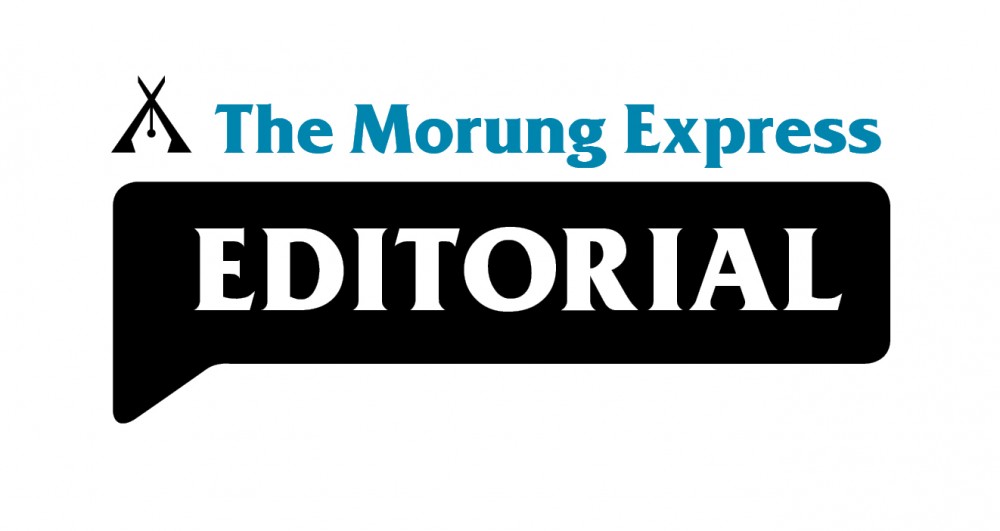
Dr Asangba Tzudir
The growing number of vehicles in the State has also added to the traffic congestion especially in the Capital and the commercial hub of Nagaland. The last few years have been a witness to more traffic personnel and much better regulation, yet, in spite of their best efforts, traffic congestion remain. During the busy hours of the day, especially during the school going and returning hours, traffic personnel are seen regulating traffic around the school areas and busy intersections, not to mention the increased number of traffic personnel at the traffic points.
While an increase in the traffic personnel may be desirable what is crucial is the need for training which comes from the fact that the present traffic signaling ‘system’ very much deviates away from one which the manual books describes. It is not the case that traffic personnel’s are required to operate electronic traffic signaling which is as simple as color coded operation working at the press of a button or one that is electronically auto operated. As such, it is imperative that untrained traffic personnel’s are given proper trainings first. Proper signaling will also help better and smarter regulation of traffic and thereby ease congestion.
There is also the need for strict implementation of traffic rules. Taking the case of Dimapur and Kohima, there is huge contrast. While drivers in Kohima are more patient and disciplined, it’s quite the opposite in Dimapur, and with the two wheelers zig-zagging adding to the traffic woes besides the risks it brings. A lot of disciplining is required that comes within the purview of traffic rules. Rules need to be very stringently applied, and traffic personnel’s need to be empowered in dealing with violators. Drivers and vehicles documents also need to be checked from time to time. Driving license also should be issued only after going through the tests. At the end of the day, driving and being good driver is not just about controlling the steering.
Optimising public transportation will also help ease the traffic congestion. However, the timing of the public transportation should not be erratic. With better service, it becomes more convenient and cheaper for the public to travel.
Drivers also should ensure that their vehicles are properly parked so that it does not cause obstruction or slow the traffic. Finally, easing of traffic congestion depends greatly on the condition of the roads especially in areas with lots of intersections. And irrespective of the brand of vehicle that is being driven, one needs to be mindful of the vehicles in front and behind.
(Dr Asangba Tzudir contributes a weekly guest editorial to The Morung Express. Comments can be emailed to asangtz@gmail.com)






